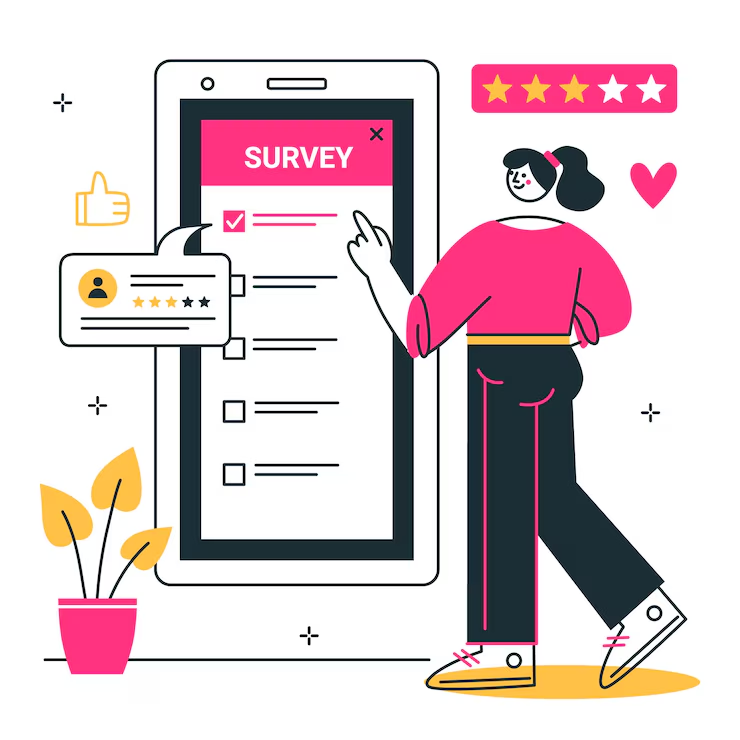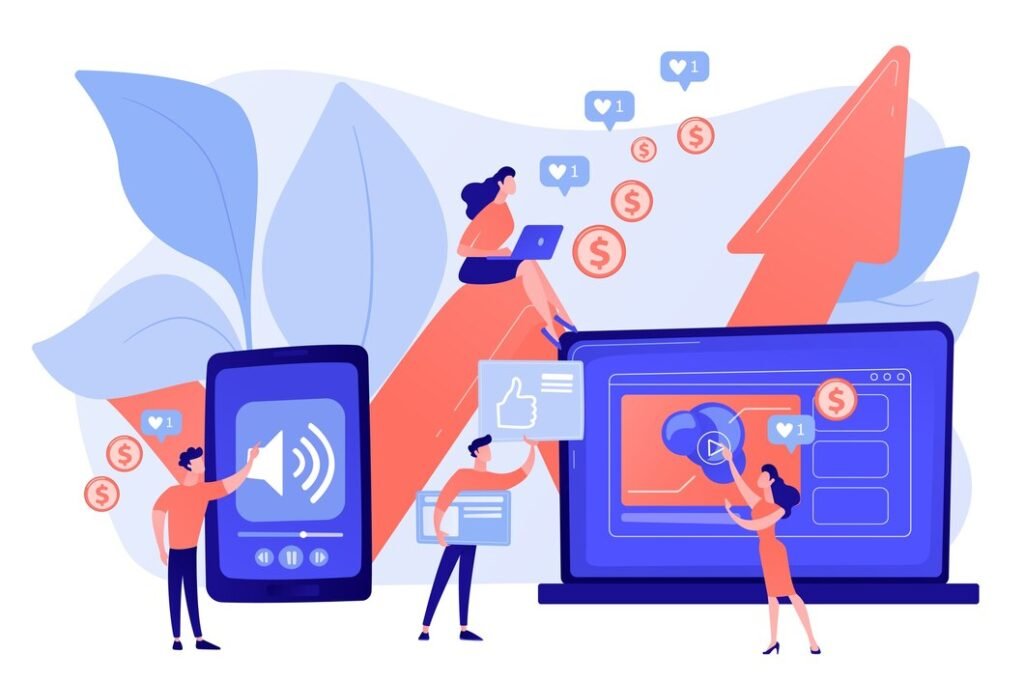
As digital marketing evolves, brands must continuously adapt to engage audiences in more innovative and effective ways. Interactive content is emerging as the future of digital marketing, offering a dynamic and engaging way for businesses to connect with consumers. Unlike static content, interactive content encourages active participation from users, resulting in higher engagement rates, more personalized experiences, and better conversions. In this blog, we’ll explore why interactive content is becoming a game-changer for digital marketing and how businesses can leverage it to stay ahead.
What is Interactive Content?
Interactive content refers to any type of digital content that requires users to actively engage with it. This can include:
- Quizzes and surveys
- Polls and assessments
- Interactive infographics and maps
- Calculators and tools
- Games and contests
- Interactive videos and webinars
Unlike traditional static content, which users passively consume, interactive content prompts users to take action, leading to a more immersive and personalized experience.
Why Interactive Content is the Future of Digital Marketing
1. Higher Engagement and Attention
In a world where consumers are bombarded with information, capturing and holding their attention has become increasingly difficult. Interactive content is highly engaging because it allows users to participate in the experience, making it more enjoyable and memorable. Whether it’s taking a quiz, exploring an infographic, or watching an interactive video, users are more likely to stay engaged with the content for longer periods.
Interactive content also encourages users to spend more time on your website or platform, increasing the likelihood that they will explore additional content, learn more about your brand, and take action. This deeper level of engagement leads to better brand recall and a stronger connection with your audience.
2. Personalized User Experience
One of the greatest strengths of interactive content is its ability to provide a personalized experience for each user. For example, a product recommendation quiz can offer tailored suggestions based on the user’s responses, making the experience more relevant to their needs and preferences. This type of personalization can lead to higher satisfaction, increased trust, and improved conversion rates.
Consumers are more likely to engage with content that feels specifically designed for them, and interactive content enables brands to deliver this level of personalization at scale.
3. Better Lead Generation
Interactive content is an excellent tool for lead generation because it offers value in exchange for user information. For instance, users may be more willing to provide their email address to access the results of a quiz or assessment. By offering something valuable, such as insights, recommendations, or personalized data, you can encourage users to share their contact details, helping you build a more qualified list of leads.
Interactive content like calculators, assessments, and product finders can also help move users further down the sales funnel by providing them with actionable information that aligns with their needs, increasing the likelihood of conversion.
4. Data Collection and Insights
Interactive content allows businesses to gather valuable data and insights about their audience. By tracking user interactions, such as the answers to a quiz or choices in an interactive video, brands can learn more about their audience’s preferences, behaviors, and pain points. This data can be used to improve future marketing strategies, create more targeted campaigns, and enhance product development.
The real-time feedback provided by interactive content is also beneficial for marketers who want to test different messages, formats, or offers, as they can quickly see how users respond and adjust their approach accordingly.
5. Increases Social Sharing
Interactive content has a higher chance of being shared on social media because it’s fun, engaging, and often offers users a way to showcase their results or opinions. Whether it’s sharing quiz results, participating in a poll, or inviting friends to join a contest, users are more likely to share interactive content with their network, leading to increased brand visibility and reach.
This increased shareability can amplify your content’s reach and generate organic traffic, driving more visitors to your website or social media pages.
6. Boosts SEO
Engagement metrics such as time on page, bounce rate, and user interaction are crucial for SEO. Interactive content keeps users on your website longer, reduces bounce rates, and encourages them to click through to other pages, all of which signal to search engines that your site is providing valuable content. As a result, websites that utilize interactive content are likely to see improvements in their search engine rankings.
Additionally, interactive content can attract more backlinks and social shares, both of which are important factors in SEO performance.
To stay competitive in the digital landscape, businesses must embrace interactive content and integrate it into their marketing strategies. With Braion, you can create dynamic and interactive campaigns that captivate your audience and drive success. Contact us today to learn more about how we can help you leverage interactive content for your brand.

7. Higher Conversion Rates
Interactive content is not only more engaging but also more persuasive. By providing users with personalized experiences and offering them valuable information, interactive content helps move them closer to making a purchase or taking a desired action. For example, a product recommendation quiz can guide users toward the best solution for their needs, increasing the chances of conversion.
Calculators, configurators, and interactive product demos can also help reduce friction in the buying process by answering user questions and providing them with the information they need to make an informed decision.
Examples of Interactive Content in Digital Marketing
Interactive content comes in many forms, and businesses can choose the format that best suits their marketing goals. Here are a few popular types of interactive content that brands are using to engage their audience:
- Quizzes: A fitness brand might use a quiz to help users discover their ideal workout plan based on their fitness goals and preferences.
- Polls: An eCommerce company could run a poll asking customers about their favorite product features, generating engagement while also gathering valuable insights.
- Calculators: A financial services company could offer a mortgage calculator to help potential homebuyers determine their borrowing capacity.
- Interactive Infographics: A travel company might create an interactive infographic that allows users to explore different vacation destinations based on their interests and budget.
- Interactive Videos: A beauty brand could use an interactive video to showcase different makeup looks and allow users to choose which tutorials they want to follow.
How Braion Can Help
At Braion, we specialize in creating compelling interactive content that drives engagement and conversion. Whether you’re looking to boost your lead generation efforts, increase brand awareness, or improve your SEO performance, our team can help you design and implement interactive content that delivers results.
Conclusion
Interactive content is no longer just a trend it’s the future of digital marketing. As consumers become more selective about the content they engage with, brands must find new ways to capture attention and create meaningful connections. Interactive content not only provides a more engaging and personalized experience but also delivers measurable results in terms of lead generation, conversions, and SEO.




